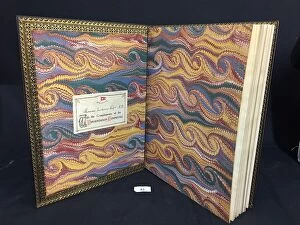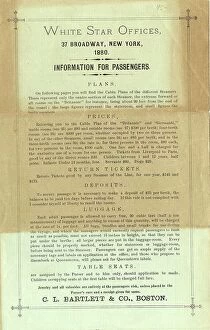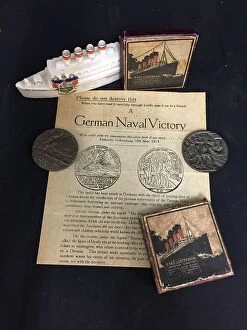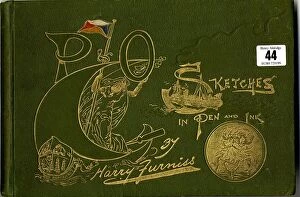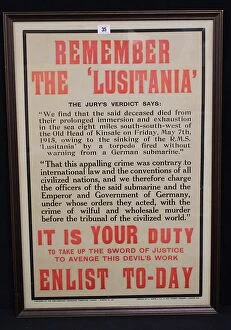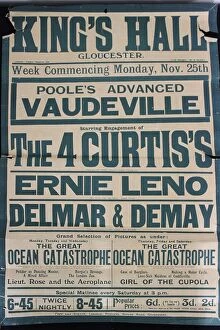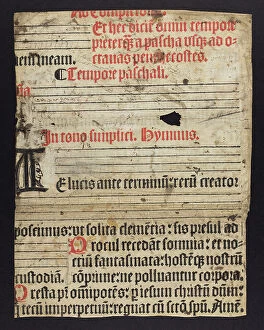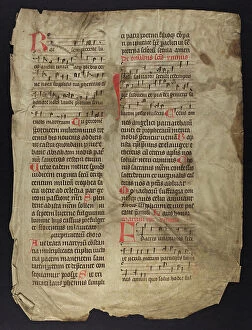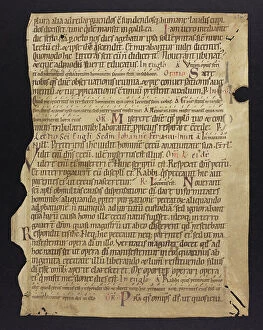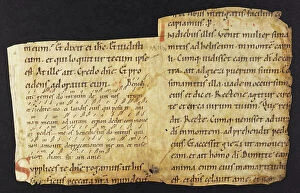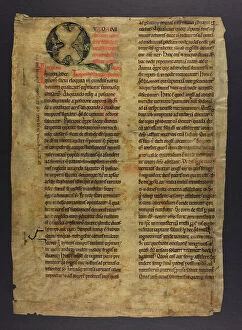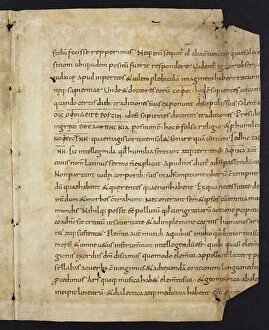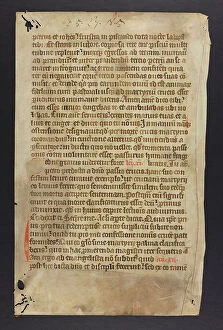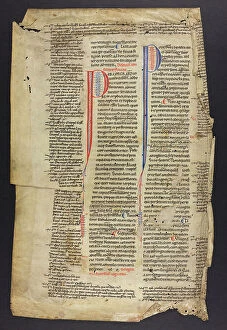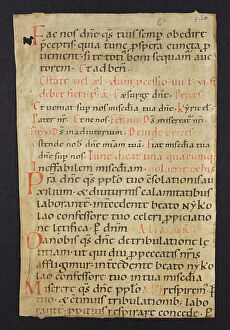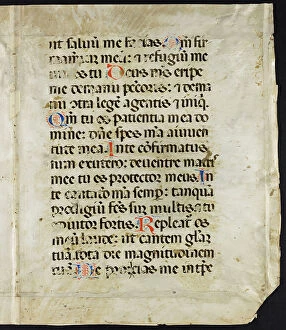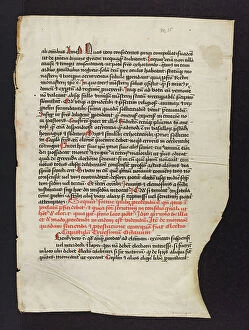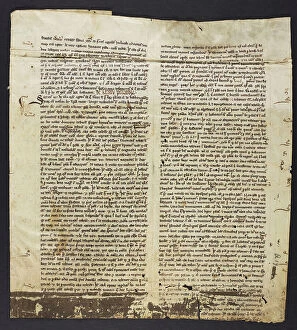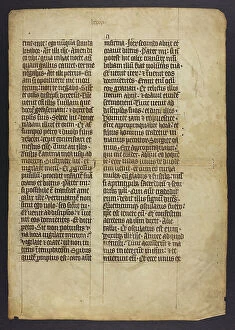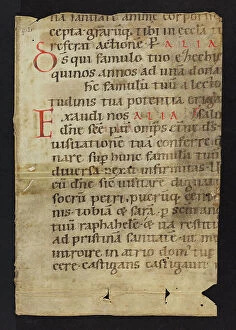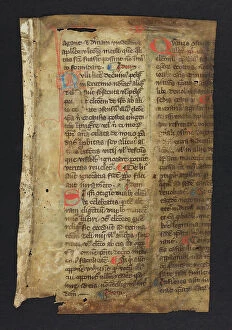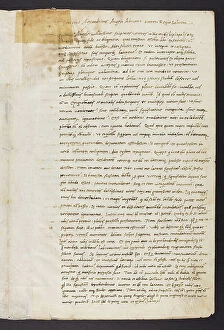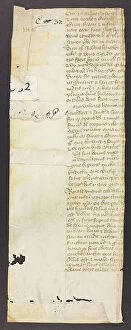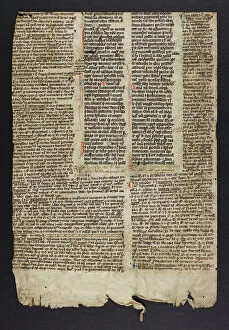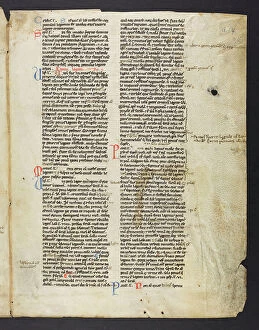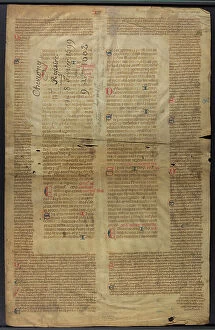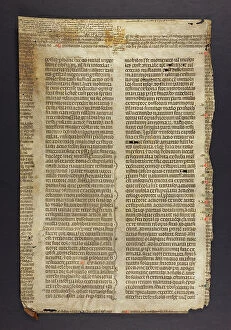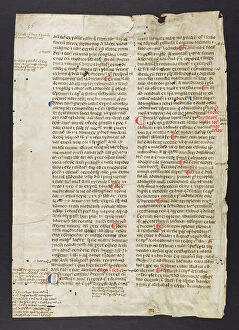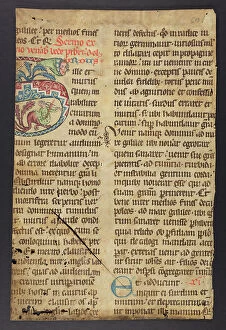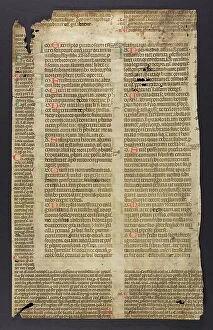Text Collection (page 20)
"From Ancient Scrolls to Modern Messages: The Power of Text" Text has played a significant role in various aspects of human history and culture
All Professionally Made to Order for Quick Shipping
"From Ancient Scrolls to Modern Messages: The Power of Text" Text has played a significant role in various aspects of human history and culture. In Jewish prayers, the Torah scroll takes center stage during the ritual of Torah reading, symbolizing tradition and spirituality. This sacred object connects generations and serves as a guide for religious practices. Moving to Europe, we encounter Al-Idrisi's world map from 1154. Through intricate text and illustrations, this map provided valuable geographical knowledge during medieval times, shaping our understanding of the world. Fast forward to 1960s America, where political sentiments were expressed through powerful posters. An anti-Nixon poster questioned his trustworthiness with the provocative question: "Would YOU buy a used car from this man?" Such visual texts reflected public distrust towards Richard Nixon during his presidential campaign. In another American poster from 1911, a capitalist pyramid was depicted as an expression of socialist ideology. This thought-provoking image aimed to critique economic disparities by highlighting how wealth is concentrated at the top. During World War II, Winston Churchill's speech inspired resilience against adversity. A powerful poster featuring his words - "We shall not flag" - served as a rallying cry that united people in their fight for freedom and victory. The arts also embraced text as seen in Gilbert & Sullivan's first production poster for H. M. S Pinafore in 1878 or Puccini's Tosca poster from 1900. These captivating visuals combined with textual elements invited audiences into enchanting worlds created by these renowned composers and has been instrumental in advocating for human rights throughout history. Eleanor Roosevelt holding a Universal Declaration of Human Rights poster exemplified her dedication to equality and justice during her time as First Lady. Beyond politics and activism lies Hollywood Hills' iconic sign standing tall amidst nature's beauty—a symbol recognized worldwide thanks to its textual representation on countless screens over decades—an emblematic landmark representing dreams realized and stories told. Even ancient civilizations recognized the power of text.

